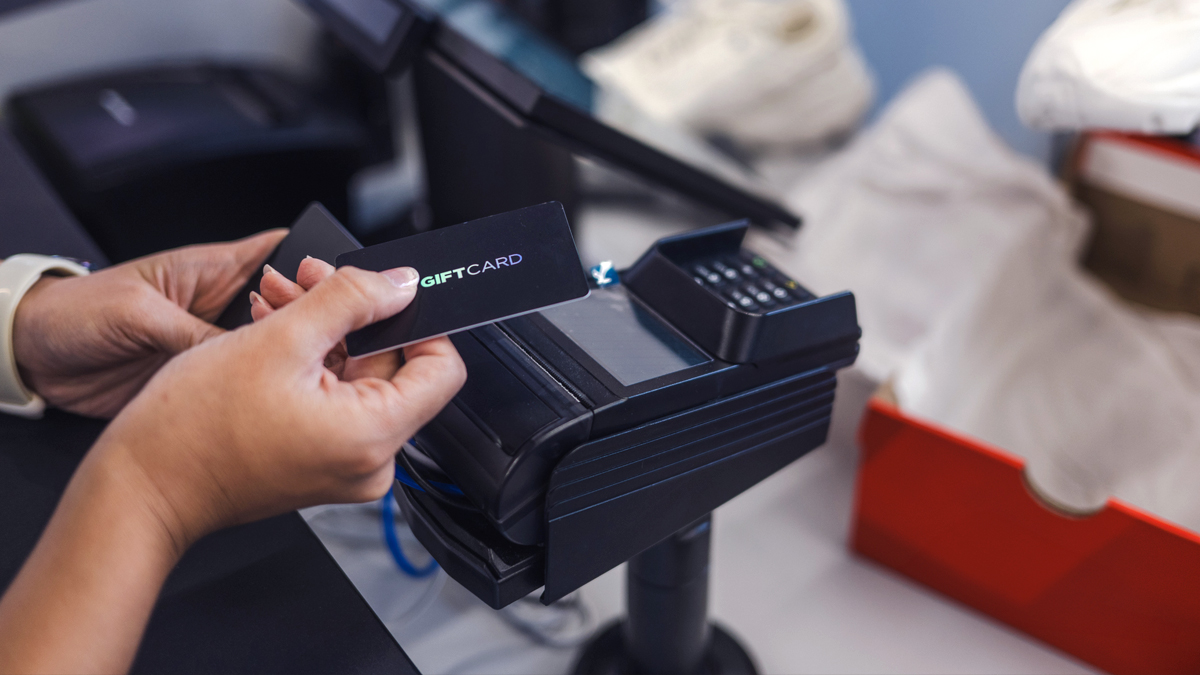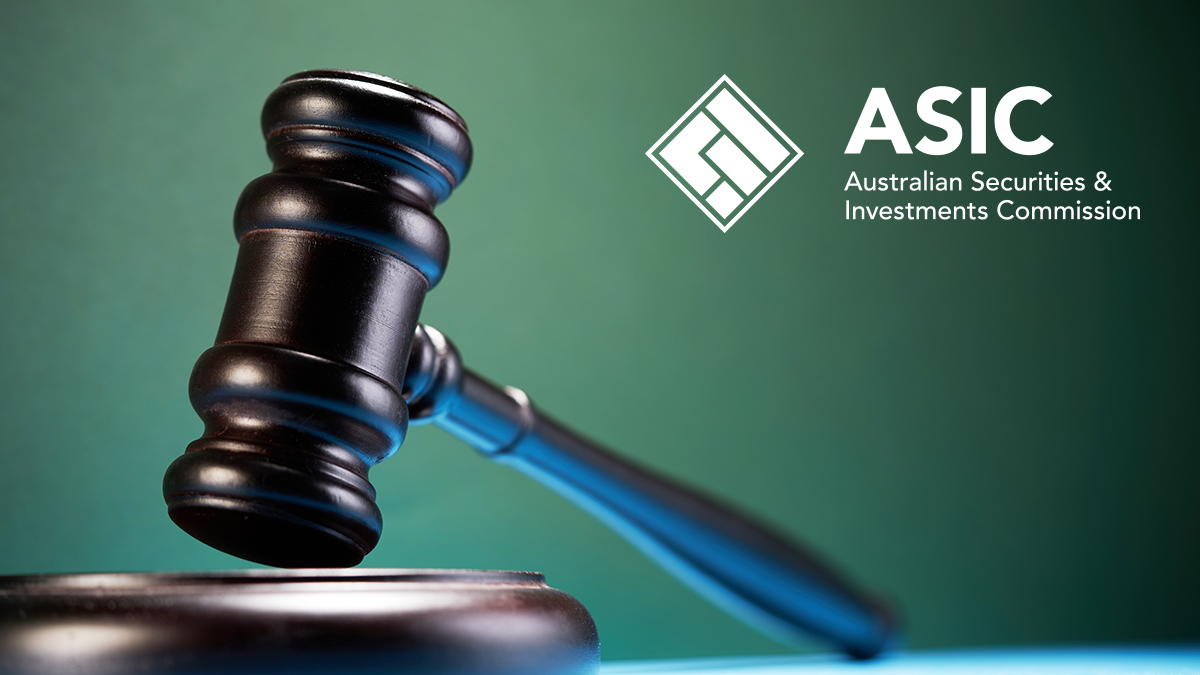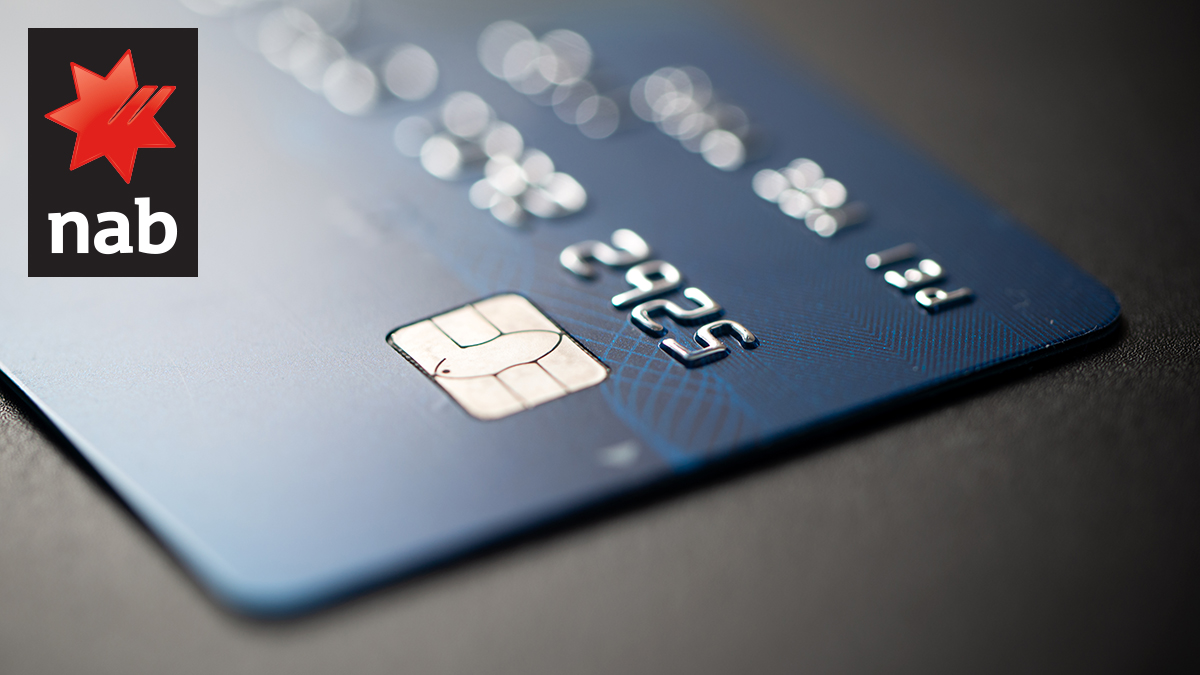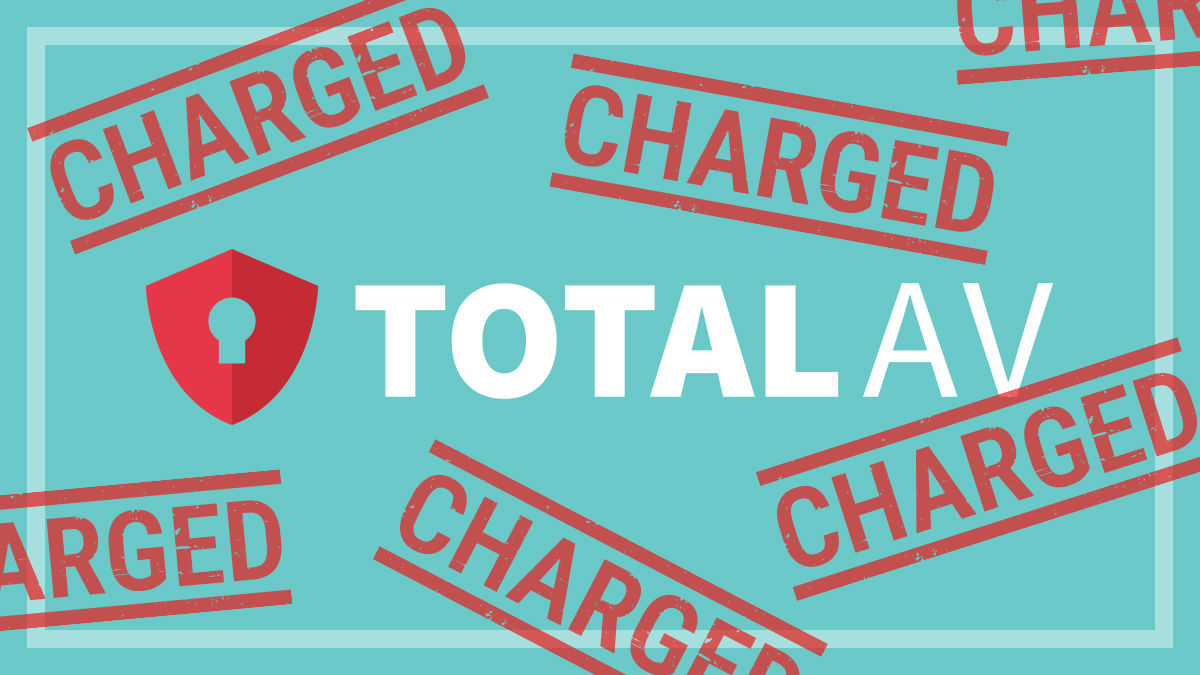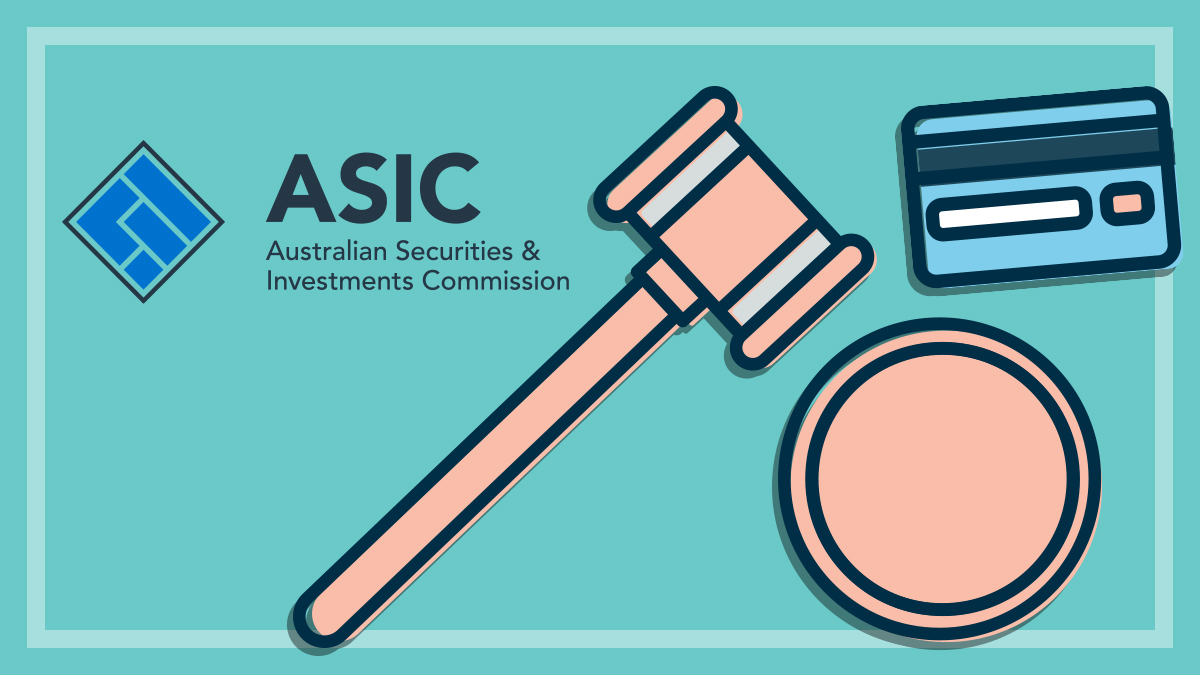Get our independent lab tests, expert reviews and honest advice.
Car finance options – which loan is best for you?
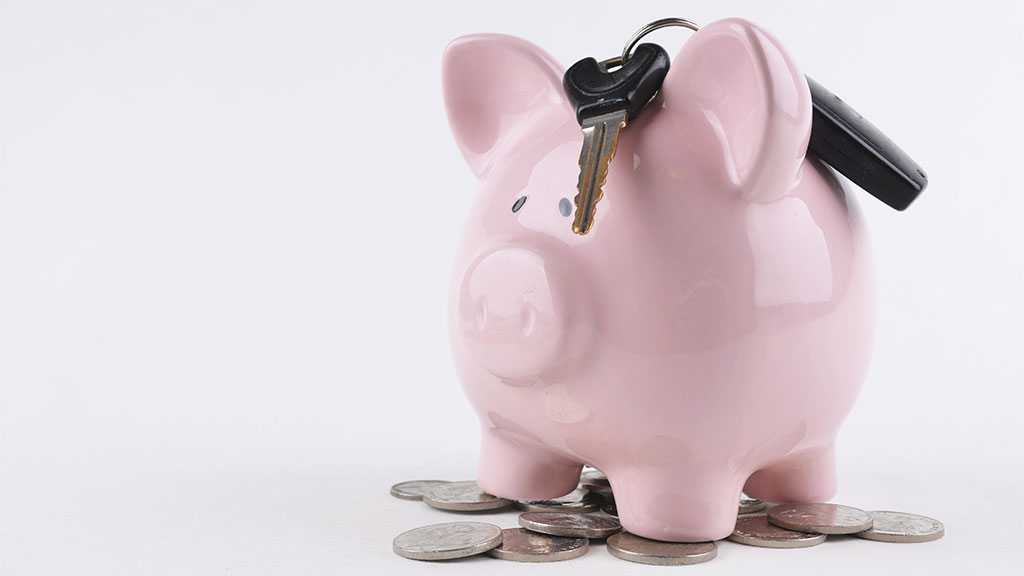
There are four main types of loans available to pay for your car:
- Car manufacturers’ deals such as 0% interest, for instance, can lure in even the wariest of car buyers – but check the fine print. Large (up to 50% or more of the RRP of the car) lump-sum payments can apply after the loan period is up.
- Personal loans are often a great way to finance a car, holiday, or other major expense. They’re available for periods between one and seven years and usually have minimum amounts between $1000 and $10,000. The longer the period and the less you borrow, the lower the repayments.
- Car dealer finance is used by a third of people who buy a car at a dealership with interest rates comparable to personal loans. But there are traps, such as large commissions or unnecessary insurance added on to the loan.
- Home loan redraws are usually a much less expensive way to finance a car than a personal loan, as long as you pay the redraw back over the same period.
1. Car manufacturer finance
Car manufacturers are good at dangling irresistible deals in front of consumers with visions of shiny new cars dancing in their heads. A 0% interest rate, for instance, can lure in even the wariest of car buyers. But before signing on the dotted line, it’s imperative you check the fine print.
If you’d been in the market for a Nissan in June 2013, for example, you’d have been offered a range of low interest rate deals, including a 0% rate for the Nissan Dualis and 1.9% for the Nissan Leaf. The latter required a $10,000 deposit and weekly repayments of $85 – which sounds very affordable for a $40,000 car.
Too good to be true? Sadly, yes. These repayments only applied to part of the loan amount, and after the three-year loan period, more than 50% of the RRP – $21,495 – would be due as a lump sum (what’s known as a balloon payment).
Kat Lane, principal solicitor at the Consumer Credit Legal Centre in NSW, has asked ASIC to investigate this.
“A reasonable consumer would assume the interest rate applies to repay the whole of the loan, not part of it,” she says. “As a car loan can be relatively large, many consumers may not be able to afford to pay a balloon payment of 50% of the loan amount.”
Those who can’t afford it would have to take another loan to keep their car.
Even more dangerous are so-called guaranteed future value offers. Under such an offer, you could buy, for example, a manual Nissan Pulsar for $49 a week over three years. At the end of that period, you must make a balloon payment of 70% of the RRP to hold on to the car. These offers, which are also available from car manufacturers such as Toyota, BMW, and Mercedes, work more like a rental than a loan.
Pro
- Low interest rates – if you have the money and leave it in your mortgage offset account, you can save interest.
Con
- Lump-sum payments can be unaffordable and you may have to take out another loan if you want to keep the car.
Tip: Check the fine print. Is there a lump-sum (balloon) payment? How long is the term of the loan? Does the comparison interest rate apply to the whole amount and term of the actual loan?
2. Personal loans
A personal loan can be a good way to finance a car, holiday or other major expense. They’re usually available for:
- periods between one and seven years, and
- at minimum amounts between $1000 and $10,000.
The longer the period and the less you borrow, the lower the repayments. Personal loans are available for fixed or variable rates. There are two types of personal loans: secured and unsecured.
Secured personal loans
Pro
- Cheaper interest rates than unsecured loans.
Cons
- If you fall behind with repayments your car can be repossessed.
- Insurance premiums can be more expensive than for cars with unsecured loans and cars paid outright.
- Usually only available for new or near-new cars.
Unsecured personal loans
Pros
- Your car isn’t the security for the loan so would normally not be repossessed if you fell behind with repayments.
- Available for used cars.
Con
- Higher interest rate than for secured loans.
Tip: Check credit union loans for cheap interest rates.
3. Car dealer finance
More than a third of people who buy a car from a car dealer use this type of finance. The interest rates are similar to personal loans.
Pro
- Convenient.
Cons
- Unnecessary insurance, such as loan protection insurance, may be included.
- Check carefully for fees and commissions.
Tip: Do your research, get pre-approval for the best offer (such as a personal loan from a credit union), show it to the car dealer and ask them to better it.
4. Home loan redraw
A home loan redraw can be a much less expensive way to finance a car than a personal loan – as long as you pay the redraw back over the same period.
Pro
- Low interest rate.
Cons
- The longer you take to repay, the more the interest adds up.
- You need enough equity in your home, and a redraw facility or overdraft.
Tip: ANZ offers a supplementary home loan that can be added onto your home loan and paid off over a shorter period. Other financial institutions offer equity loans that can be used in a similar way.

